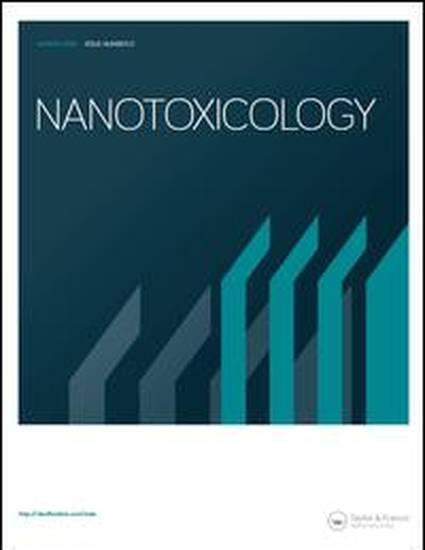
This work reports a new method to improve our recent demonstration of zinc oxide (ZnO) nanoparticles (NPs) selectively killing certain human cancer cells, achieved by incorporating Fe ions into the NPs. Thoroughly characterized cationic ZnO NPs (∼6 nm) doped with Fe ions (Zn(1-x )Fe (x) O, x = 0-0.15) were used in this work, applied at a concentration of 24 μg/ml. Cytotoxicity studies using flow cytometry on Jurkat leukemic cancer cells show cell viability drops from about 43% for undoped ZnO NPs to 15% for ZnO NPs doped with 7.5% Fe. However, the trend reverses and cell viability increases with higher Fe concentrations. The non-immortalized human T cells are markedly more resistant to Fe-doped ZnO NPs than cancerous T cells, confirming that Fe-doped samples still maintain selective toxicity to cancer cells. Pure iron oxide samples displayed no appreciable toxicity. Reactive oxygen species generated with NP introduction to cells increased with increasing Fe up to 7.5% and decreased for >7.5% doping.
Available at: http://works.bepress.com/dmitri_tenne/49/
